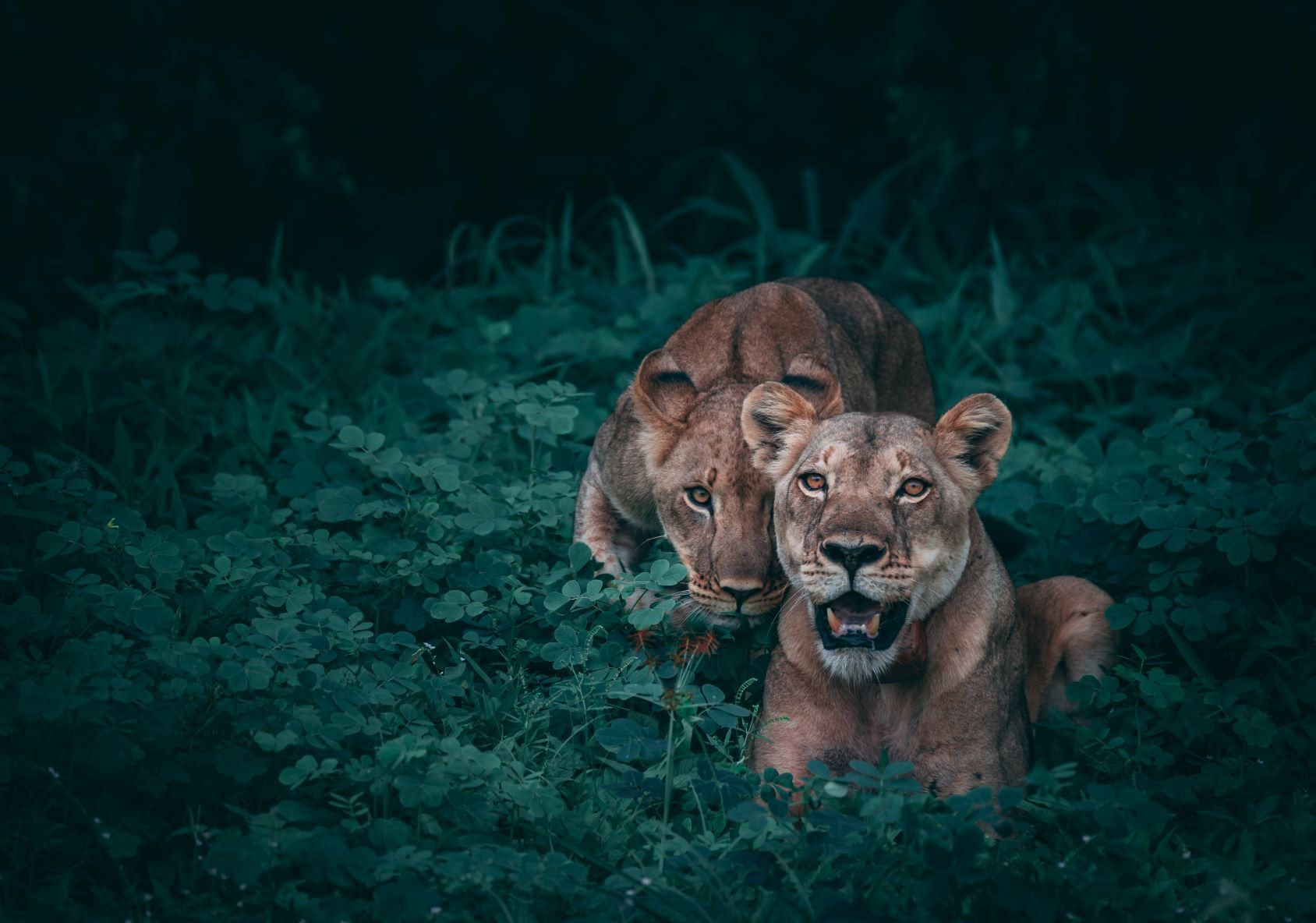The SARS-CoV-2 virus and its numerable variants that cause COVID-19 had infected and killed millions of people across the globe. While the human population is believed to be the most vulnerable victim of the virus, the chances of other species like mammals and reptiles were not ruled out.
Also read: US experts believe COVID-19 originated from lab leaks in Wuhan
Recent media reports of COVID-19 infection in cats, dogs, ferrets, monkeys, and most recently tigers have become a point of worry among scientists. Though, several studies suggest that the transmission of the virus in these species takes place from humans, what remains an imperative question is that why some animals despite human contact stay unscathed by the fury of coronavirus.
Also read: Medics, COVID-19 patients dance moves win the internet. Watch
Presence of spike protein
According to Linda Saif, a virologist and animal coronavirus expert at Ohio State University, the molecular compatibility between coronavirus and the species that it infects gives a way for the virus to accommodate into the cell. In other words, it becomes the factor the virus to break into the cell.
Unfortunately for humans and their close animal relatives, this entry factor becomes ‘spike protein’. While this protein is believed to be present in all vertebrates, the size of it makes all the difference.
Also read: Delta COVID variant dominant in UK, may pose higher risk of hospitalisation
The size of ACE2, a point that binds to SARS-CoV-2’s spike protein is nearly or completely identical to the humans in domestic cats, dogs, and other primates, making them more vulnerable than other animals to COVID-19.
What animal can get infected with COVID-19?
Several experimental research suggested that various mammals including dogs, cats, ferrets, fruit bats, raccoon dogs, tree shrews, hamsters, mink, pigs and white-tailed deer can be infected with SARS-CoV-2.
Also read: UK regulator approves Pfizer COVID vaccine for 12 to 15-year-olds
Do they spread the virus?
According to the Centers for Disease Control and Prevention, experiments performed in laboratory settings indicated that certain animals like ferrets, fruit bats, hamsters, racoon dogs, and white-tailed deer can spread the infection to other animals of the same species. However, these observations were based on a small group of animals, and to get a clearer picture, more extensive researches will work.







